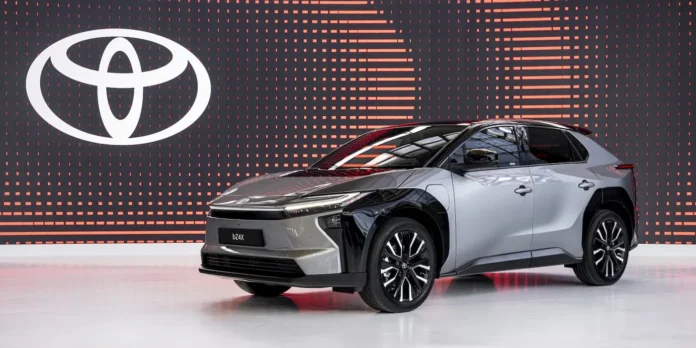The Unique Experience of Accelerating in Electric Vehicles
Accelerating in an electric vehicle (EV) offers a thrilling experience, distinct from that of traditional gas-powered cars. The instant torque produced by EVs is exhilarating for many, creating a sense of speed that feels fun and engaging. However, some passengers report feeling carsick, even if they can handle long hours in combustion vehicles without discomfort. This paradox raises a curious question: why does motion sickness occur more frequently in EVs?

The Science Behind Motion Sickness in EVs
According to William Emond, a Ph.D. student at France’s Université de Technologie de Belfort-Montbéliard, the increased sensation of sickness in EVs may be linked to a lack of prior experience. Our brains rely on cues like engine noise and vibrations to gauge motion when riding in a traditional car. When we switch to an EV, our brains may struggle to interpret the silent yet powerful acceleration, leading to confusion. This means that the noiseless environment of EVs can catch our senses off guard, causing discomfort and nausea.
Adapting to the New Driving Experience
Moreover, regenerative braking—the method by which EVs slow down by using electric motors—can also contribute to feelings of unease. A recent study found that stronger regenerative braking was linked to higher nausea levels among participants prone to motion sickness. The absence of familiar auditory and sensory cues in EVs makes it challenging for occupants to anticipate changes in motion. To assist those susceptible to motion sickness, it may be helpful to introduce artificial cues, such as sound simulations or vibrations. This is why some brands, like Mercedes-AMG, are exploring technology to simulate engine sounds in their upcoming models, aiming to provide a more familiar experience for passengers.




